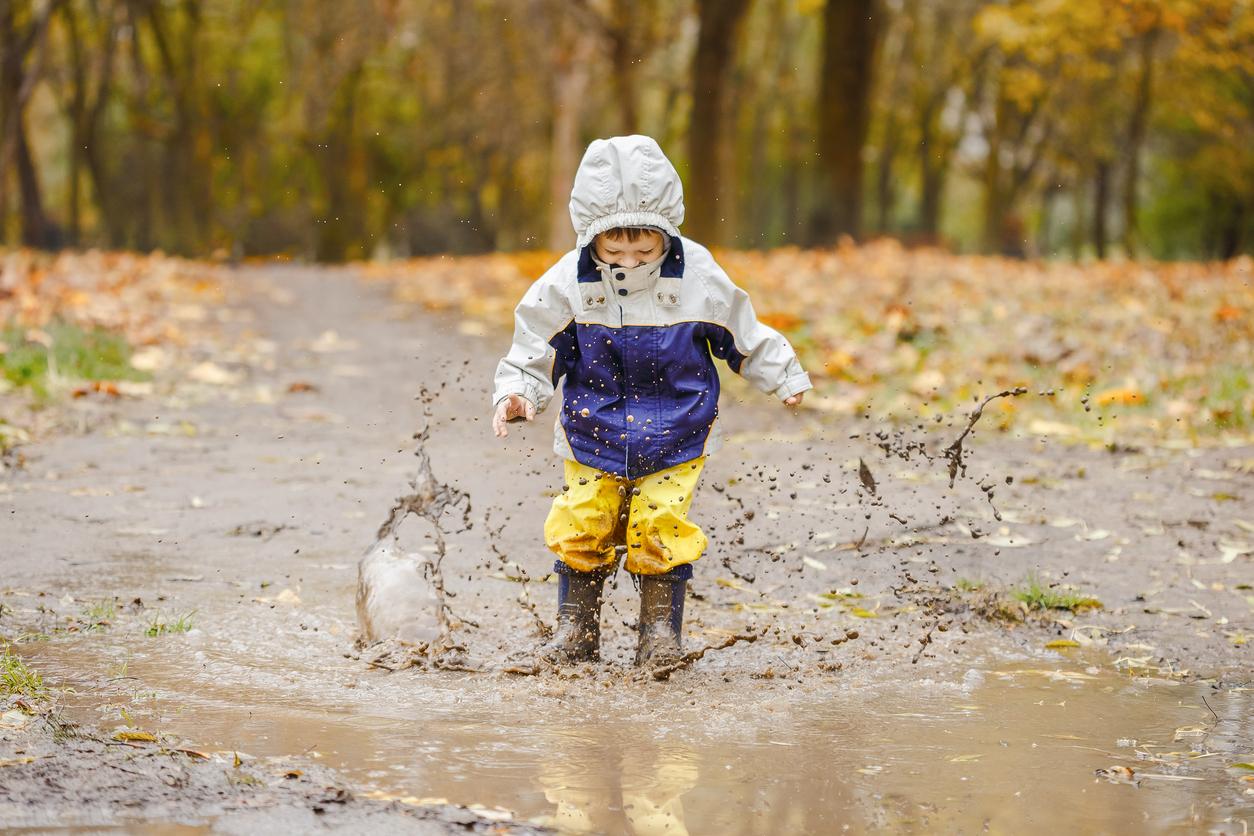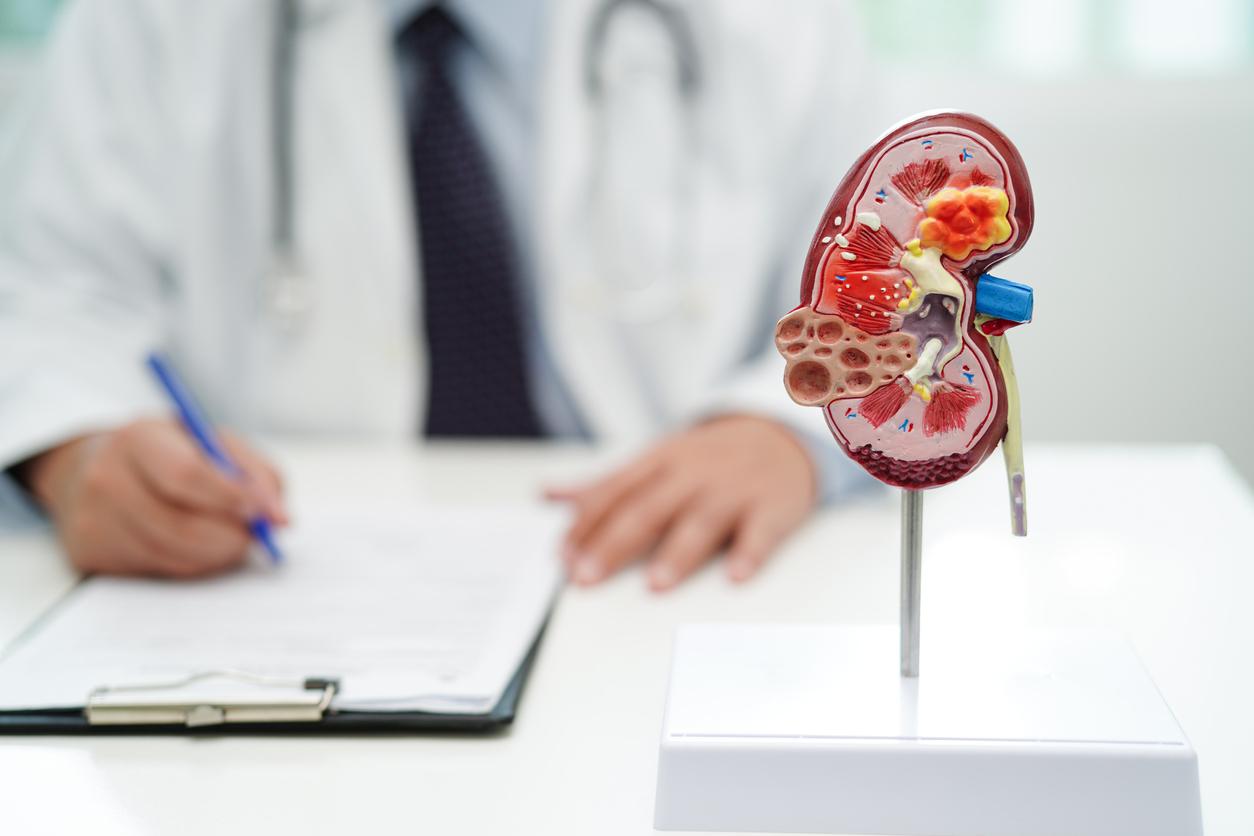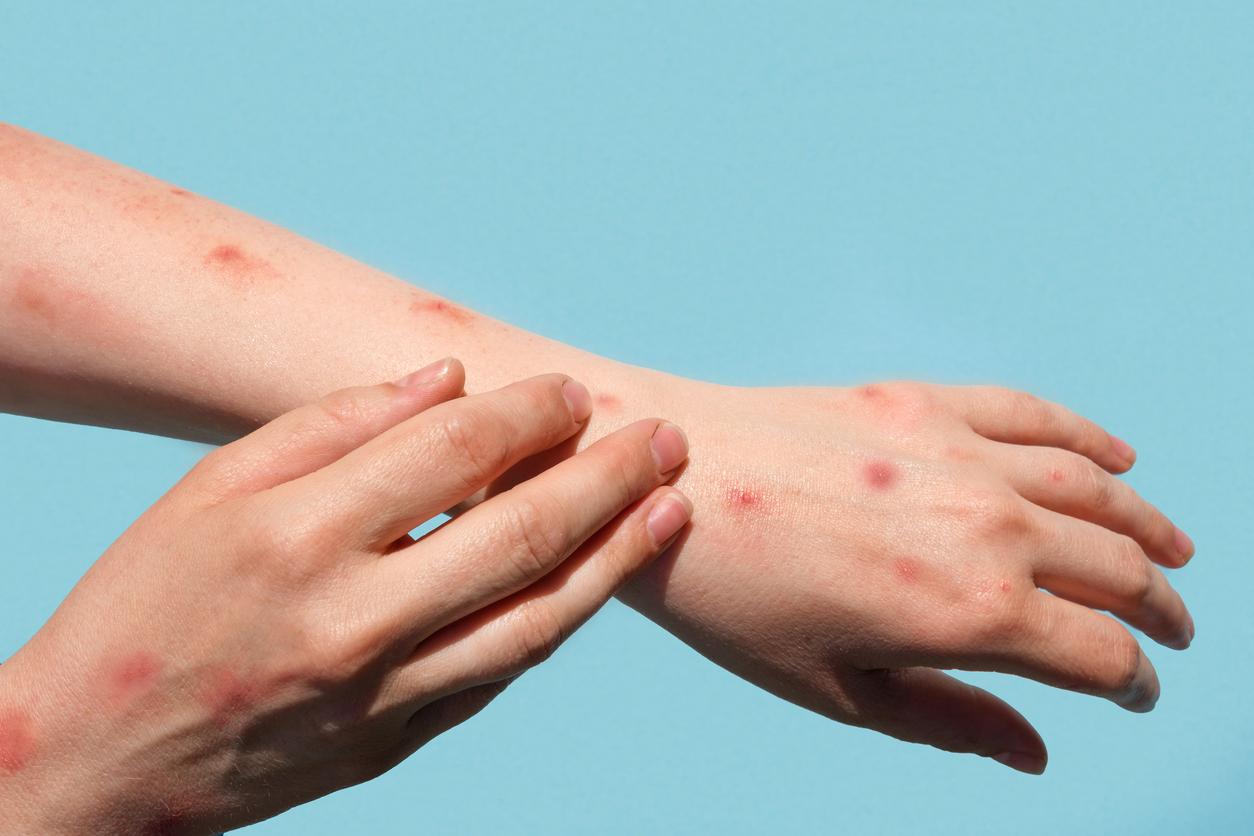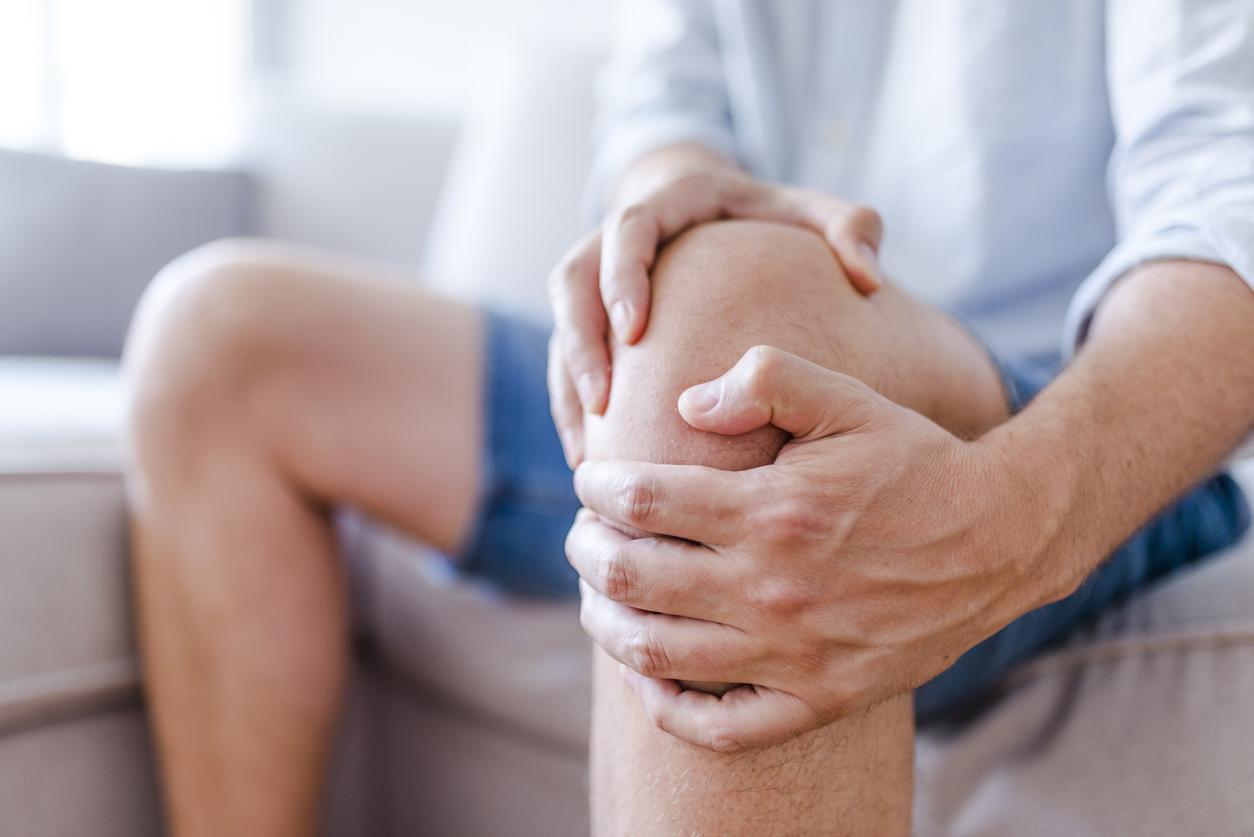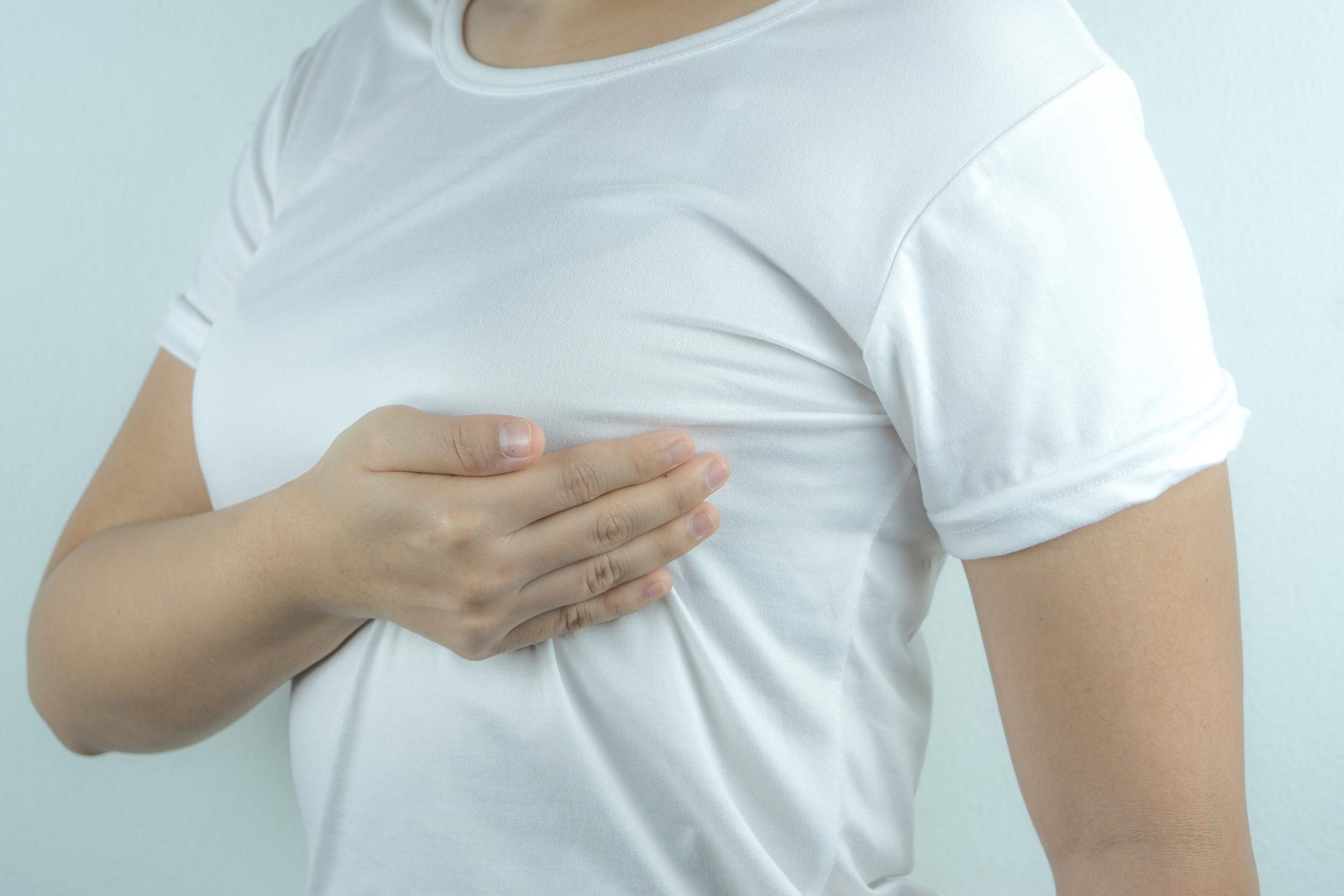Microbes tend to adapt to the disinfectants used to kill them, which could pose health risks if they become pathogenic.
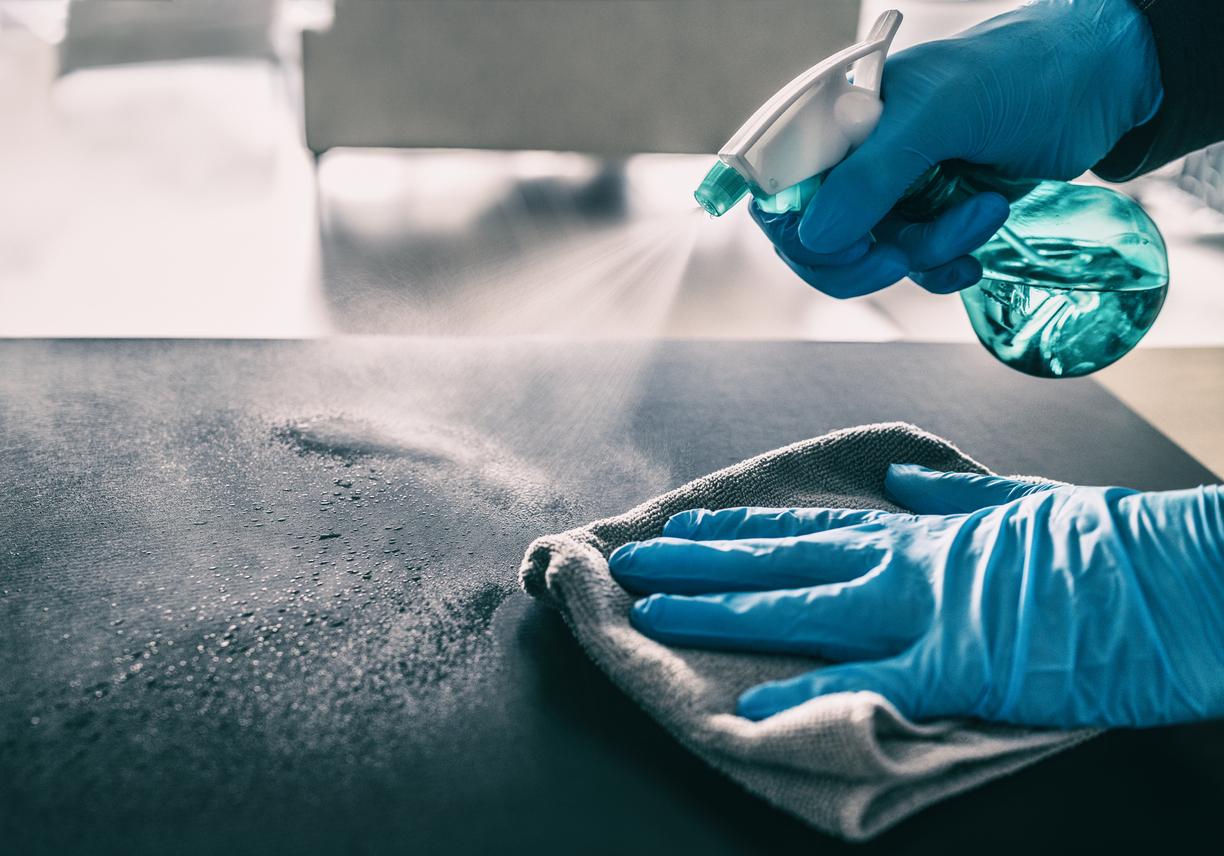
- Increased use of disinfectants since the pandemic is changing microbial ecosystems in our urban environments, a study finds.
- Microbes adapt to the scarcity of resources and chemicals present in cities. Some become resistant and potentially dangerous.
- To reach this conclusion, the researchers collected 738 samples from various urban environments in Hong Kong, ranging from homes to subways, public infrastructure and even human skin.
Since the pandemic, the use of disinfectants has exploded in our everyday environments. If this increased hygiene aims to protect us, a new study published in the journal Microbiome suggests that this overuse could alter the microbial ecosystems of our urban spaces, or even pose new health risks.
The adaptation of microbes in urban environments
Urban environments, such as buildings and public places, offer conditions that are very different from those in natural habitats. “In cities, microbes must adapt to limited resources and nutrients, creating a unique microbiome”explains Dr. Xinzhao Tong, lead author of the study and professor at Xi’an Jiaotong-Liverpool University (XJTLU) in China, in a press release. Indeed, the daily use of disinfectants and other industrial products in these environments exerts “selective pressure” on microorganisms, which must evolve to survive – or disappear.
To better understand the mechanisms of this adaptation, the researchers collected 738 samples in various urban environments in Hong Kong, ranging from homes to subways, public infrastructure and even human skin. Using metagenomic sequencing, they identified 363 new microbial strains, some with surprising capabilities.
For example, a new strain of the phylum Eremiobacterotaonce only found in the desert soils of Antarctica, has been discovered. This microbe has evolved to metabolize ammonium ions present in cleaning products, as well as alcohols from disinfectants. This type of microbes, capable of taking advantage of the artificial resources of our environments, can supplant less resistant strains, thus increasing their chance of survival and evolution. “They could therefore constitute health risks if they become pathogenic”assure the scientists.
Improving infection control in clinical settings
The study also highlights the importance of this adaptation in critical environments such as hospitals. In particular, strains of Micrococcus luteusgenerally non-pathogenic, have been identified as being able to cause infections in immunocompromised individuals. The team of researchers is now continuing their work to better understand the evolution of microbial resistance in intensive care units, with the hope of improving infection control in clinical settings.










